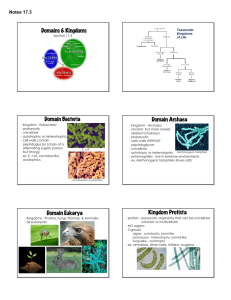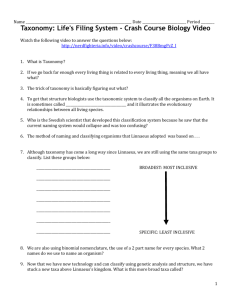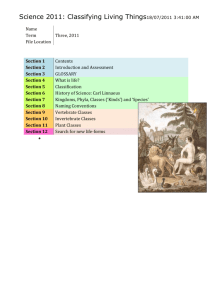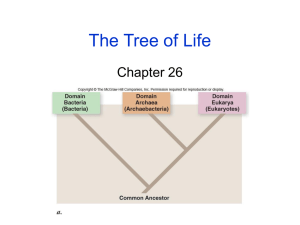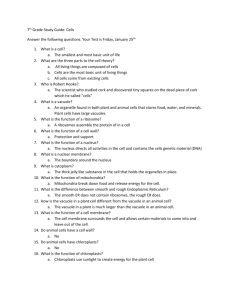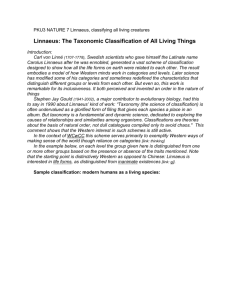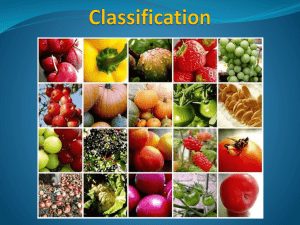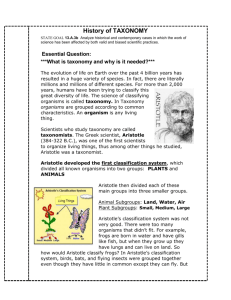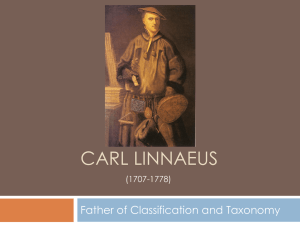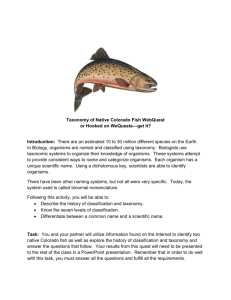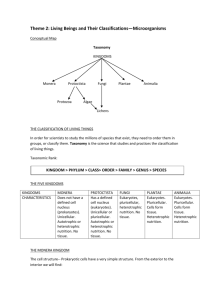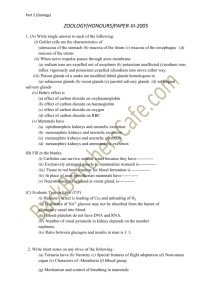unidad1 - Kells Education
advertisement
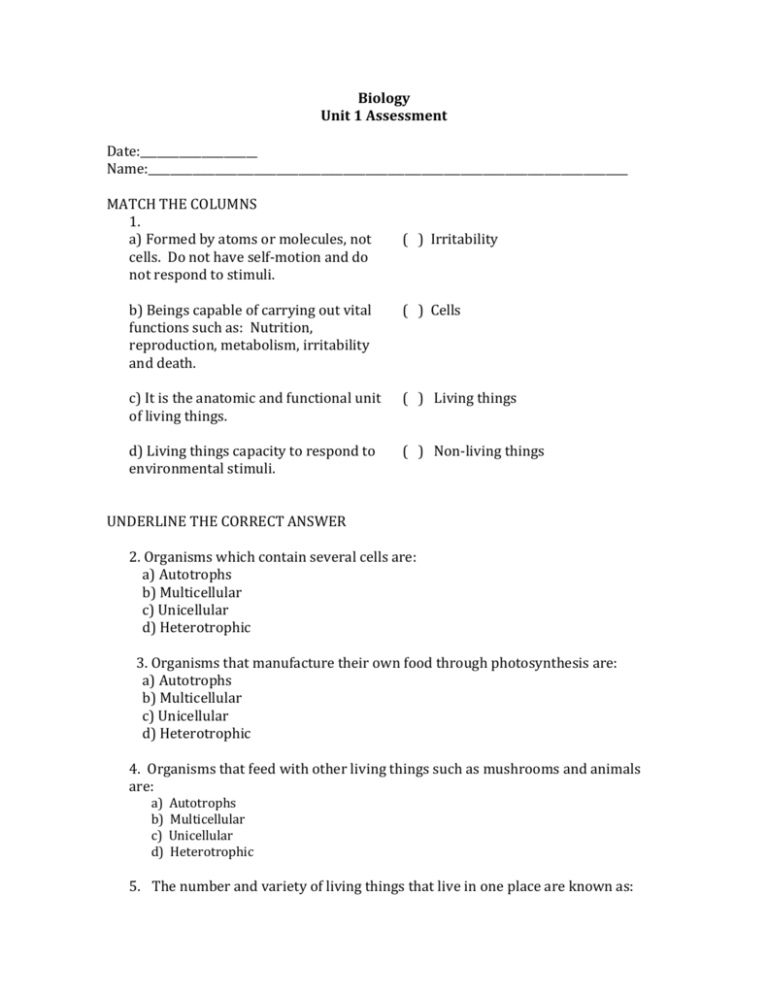
Biology Unit 1 Assessment Date:_____________________ Name:______________________________________________________________________________________ MATCH THE COLUMNS 1. a) Formed by atoms or molecules, not cells. Do not have self-motion and do not respond to stimuli. ( ) Irritability b) Beings capable of carrying out vital functions such as: Nutrition, reproduction, metabolism, irritability and death. ( ) Cells c) It is the anatomic and functional unit of living things. ( ) Living things d) Living things capacity to respond to environmental stimuli. ( ) Non-living things UNDERLINE THE CORRECT ANSWER 2. Organisms which contain several cells are: a) Autotrophs b) Multicellular c) Unicellular d) Heterotrophic 3. Organisms that manufacture their own food through photosynthesis are: a) Autotrophs b) Multicellular c) Unicellular d) Heterotrophic 4. Organisms that feed with other living things such as mushrooms and animals are: a) b) c) d) Autotrophs Multicellular Unicellular Heterotrophic 5. The number and variety of living things that live in one place are known as: a) b) c) d) Biology Ecosystem Biodiversity Territory 6. Biodiversity threats are: a) Pollutants, climate. b) Pollutants, species overexploitation, deforestation and rainforests for growing food. c) Pollutants, species, ecosystems, families. 7. Living things group, the environment in which they develop, relationship among them and their environment are known as: a) Biology b) Ecosystem c) Biodiversity d) Territory 8. Herbs consumers are known as: a) Secondary consumers b) Tertiary consumers c) Primary consumers d) Decomposers 9. What happens if secondary consumers increase in a food chain? a) Primary producers and consumers increase. b) Primary producers and consumers decrease. c) Tertiary consumers increase, primary consumers decrease and producers increase. d) Tertiary consumers decrease, primary consumers and producers increase. 10. Ecosystems keep balanced mainly by: a) The water and carbon cycles. b) The water cycle. c) The carbon cycle. d) None of the above. 11. Which is the science that classifies and categorizes living things? a) Aristotle b) Carl Von Linnaeus c) Taxonomy d) Zoology 12. Philosopher who classified living things in plants and animals for the first time: a) Aristotle. b) Carl Von Linnaeus. c) Taxonomy. d) Zoology. 13. Naturist who classified living things, gave a scientific name to each living thing by genus and species: a) Aristotle. b) Carl Von Linnaeus. c) Taxonomy. d) Zoology. 14. How were plants and animals parts or structures that lived thousand or million years ago, that are still kept through different forms, called? a) Still life. b) Fossils. c) Carbon 14. 15. Where did Charles Darwin explore for five years? _________________________________________ BIOLOGY Unit 1 Assessment Answer key 1. (d) (c) (b) (a) 2. B 3. A 4. D 5. C 6. B 7. B 8. C 9. B 10. A 11. C 12. A 13. B 14. B 15. Galapagos Islands
